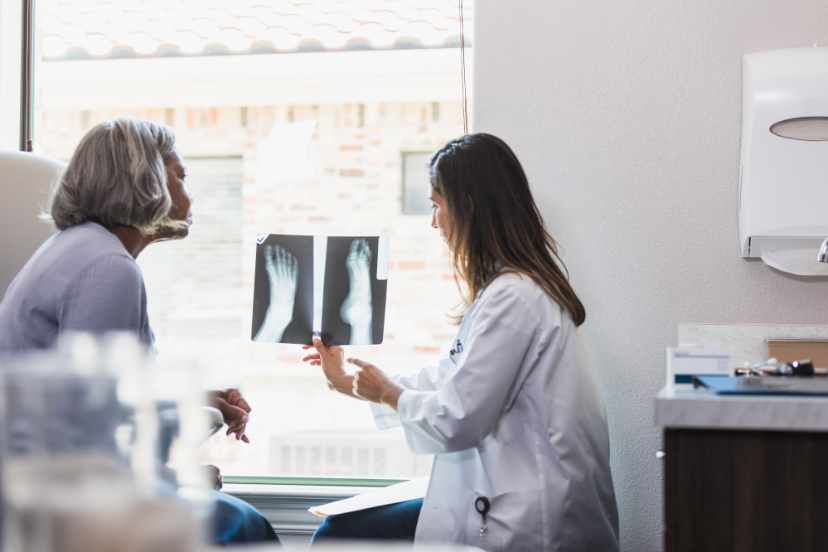Osteoporosis and Bone Fractures: Bone Breakers Unveiled
In today’s guide, we delve into the critical connection between Osteoporosis and Bone Fractures, shedding light on what you need to know about this prevalent health concern.
Introduction to Osteoporosis and Bone Fractures
Osteoporosis and bone fractures are interlinked in a complex dance of bone health. Understanding this connection is crucial for managing and preventing fractures, which can significantly impact quality of life. Osteoporosis, characterized by low bone mass and deterioration of bone tissue, increases the risk of fractures, especially in the hip, spine, and wrist. This condition affects millions worldwide, predominantly women after menopause, but it can also occur in men and younger individuals due to various factors.
What is Osteoporosis?
Osteoporosis is a condition where bones become weak and brittle, making them more susceptible to fractures. It develops gradually and often remains asymptomatic until a fracture occurs. The bones lose density and quality, becoming porous like a sponge. This increases the likelihood of fractures from minor falls or even everyday activities.
Types of Bone Fractures
Understanding the types of bone fractures helps in grasping the severity and implications of osteoporosis:
- Compression fractures: Common in the spine, these occur when weakened vertebrae collapse.
- Hip fractures: Often due to a fall, these are serious and require immediate medical attention.
- Wrist fractures: Resulting from outstretched hands during a fall, these are prevalent among older adults.
Risk Factors for Osteoporosis and Bone Fractures
Several factors contribute to the development of osteoporosis and bone fractures:
- Age and gender (women are at higher risk, especially after menopause).
- Family history of osteoporosis or fractures.
- Poor nutrition, especially low calcium and vitamin D intake.
- Sedentary lifestyle and lack of weight-bearing exercise.
- Smoking and excessive alcohol consumption.
- Certain medical conditions and medications that affect bone health.
Prevention Strategies
Preventing osteoporosis and bone fractures involves proactive measures:
- Healthy diet: Adequate calcium and vitamin D intake.
- Regular exercise: Weight-bearing activities strengthen bones.
- Fall prevention: Creating a safe environment at home.
- Bone density screenings: Especially for postmenopausal women and at-risk individuals.
- Medication: In some cases, prescribed treatments to improve bone density.
FAQs About Osteoporosis and Bone Fractures
- What are the symptoms of osteoporosis? Symptoms may not appear until a fracture occurs. These include back pain, loss of height over time, and a stooped posture.
- Can men get osteoporosis? Yes, although less common, men can develop osteoporosis, especially with advancing age or certain medical conditions.
- How is osteoporosis diagnosed? Diagnosis often involves a bone mineral density test (DEXA scan) to measure bone density and assess fracture risk.
- What are the treatment options for osteoporosis? Treatments include medications to prevent bone loss and promote bone growth, along with lifestyle changes.
- Are there exercises that can help prevent osteoporosis? Yes, weight-bearing exercises like walking, dancing, and weightlifting help maintain bone density and strength.
- What should you do if you suspect a fracture? Seek immediate medical attention. Delay in treatment can lead to complications and prolonged recovery.
Conclusion
In conclusion, osteoporosis and bone fractures are serious health concerns that require attention and proactive management. Understanding the risk factors, symptoms, and prevention strategies is crucial for maintaining bone health and reducing the risk of fractures. By adopting a bone-friendly lifestyle and seeking timely medical advice, individuals can significantly improve their quality of life and independence as they age. Stay informed, stay active, and prioritize your bone health—it’s never too early or too late to start!
With this guide, you now have a comprehensive overview of Osteoporosis and Bone Fractures, empowering you to take charge of your bone health starting today.




